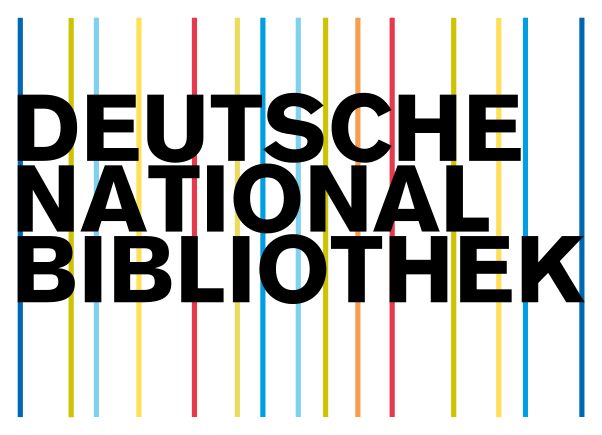Devices that Assist MND Patients
DOI:
https://doi.org/10.5281/zenodo.5762171Keywords:
Motor Neuron Disease, Video-oculography, Video processing, Wireless handheld device, Electro oculographyAbstract
Several researches have been carried out over the past years to assist the patients suffering from Motor Neuron Disease (MND) to communicate effectively. Though many interpretations exist, they are extremely outrageous and torpid in user response. This survey paper presents designing a wireless handheld device to assist the MND patients to communicate using series of blink.
Downloads
References
N. Mani, A. Sebastian, A. Mathews Paul, A. Chacko and A. Raghunath, "Eye Controlled Electric Wheel Chair", International Journal of Advanced Research in Electrical Electronics and Instrumentation Engineering, vol. 4, no. 4, April 2015.
K. Mukherjee and D. Chatterjee, "Augmentative and Alternative Communication device based on eye-blink detection and conversion to Morse-code to aid paralyzed individuals," 2015 International Conference on Communication, Information & Computing Technology (ICCICT), Mumbai, 2015, pp. 1-5.
M. Challagundla, K. Yogeshwar Reddy and N. Harsha Vardhan, "Automatic motion control of powered wheel chair by the movements of eye blink," 2014 IEEE International Conference on Advanced Communications, Control and Computing Technologies, Ramanathapuram, 2014, pp. 1003-1007.
A. Rahman, M. Sirshar and A. Khan, "Real time drowsiness detection using eye blink monitoring," 2015 National Software Engineering Conference (NSEC), Rawalpindi, 2015, pp. 1-7.
Qiuping Ding, Kaiyu Tong and Guang Li, "Development of an EOG (Electro-Oculography) Based Human-Computer Interface," 2005 IEEE Engineering in Medicine and Biology 27th Annual Conference, Shanghai, 2005, pp. 6829-6831, doi: 10.1109/IEMBS.2005.1616073.
Sarker MK, Alam KMR, ArifuzzamanM (2014) Emotion recognition from speech based on relevant feature and majority voting. In: Proc. International Conference on Informatics, Electronics & Vision, p 1–5
K. R. Trivedi and R. A. Thakker, "Brainwave enabled multifunctional, communication, controlling and speech signal generating system," 2016 International Conference on Electrical, Electronics, and Optimization Techniques (ICEEOT), Chennai, 2016, pp. 4889-4893, doi: 10.1109/ICEEOT.2016.7755650.
J.N. van der Geest, M.A. Frens, Recording eye movements with video-oculography and scleral search coils: a direct comparison of two methods, Journal of Neuroscience Methods, Volume 114, Issue 2, 2002, Pages 185-195, ISSN 0165-0270, https://doi.org/10.1016/S0165-0270(01)00527-1.
Downloads
Published
How to Cite
Issue
Section
URN
License
Copyright (c) 2021 Perspectives in Communication, Embedded-systems and Signal-processing - PiCES/ WorldServe Online

This work is licensed under a Creative Commons Attribution 4.0 International License.






